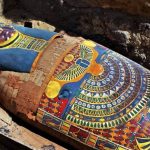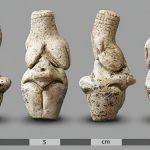Queen Ahmose-Nefertari

Queen Ahmose-Nefertari (c. 1562–1495 B.C.), often celebrated as “born in the moon, the fairest of them all.” This detail comes from a mural painting in the tomb of In-Her-Chaa, depicting King Amenhotep I and his mother, Queen Ahmose-Nefertari. The artwork highlights her regal presence and divine association, reflecting her enduring importance in royal and religious life during the early 18th Dynasty.
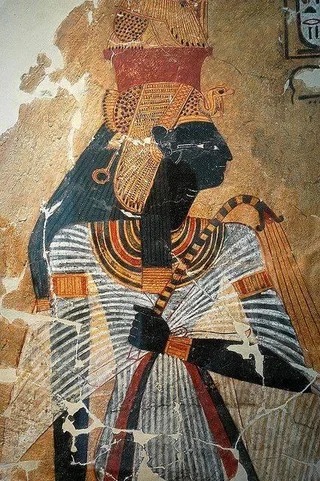
Queen Ahmose-Nefertari was one of ancient Egypt’s most prominent and influential queens, living during the early 18th Dynasty around 1560–1525 BCE.
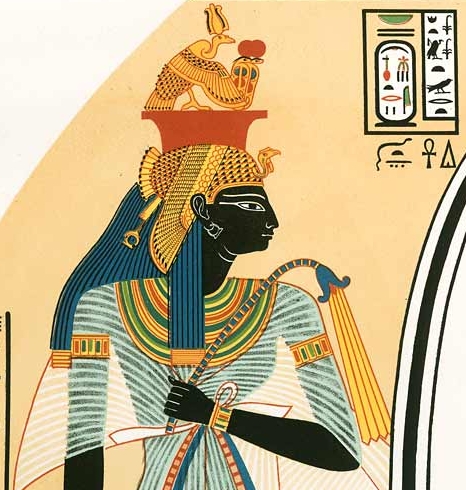
She was the wife of Pharaoh Ahmose I, who is credited with expelling the Hyksos and reunifying Egypt, and she played a significant role in consolidating the new dynasty.

Ahmose-Nefertari was highly revered not only as queen but also as the God’s Wife of Amun, a powerful religious title that linked her to the god Amun and gave her substantial political and spiritual influence.
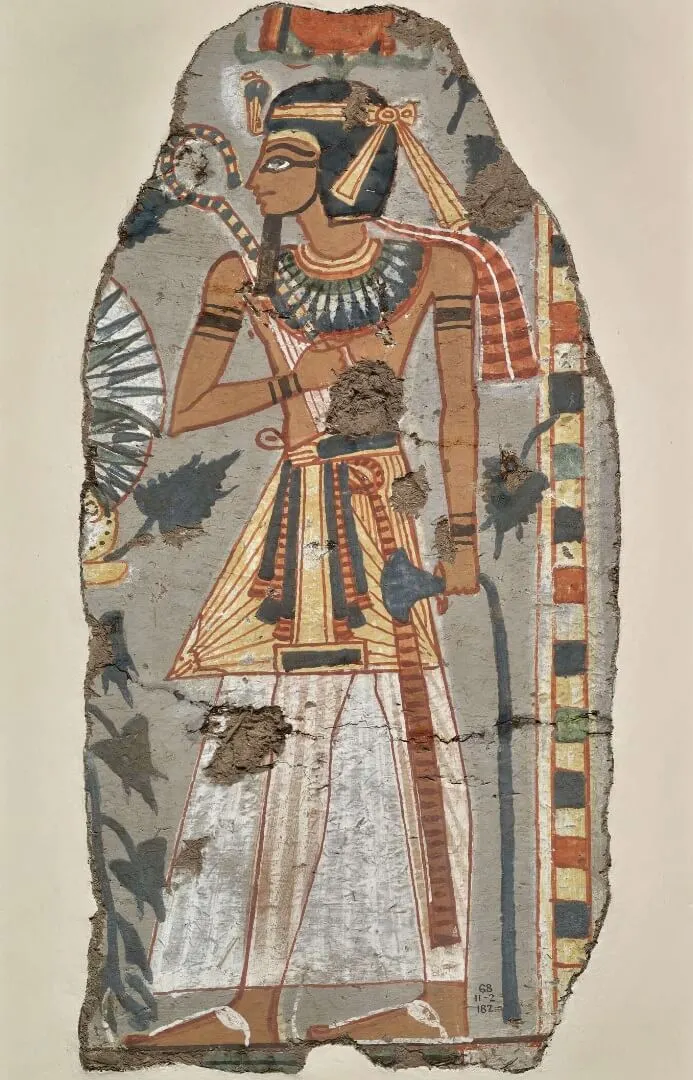
She was often depicted in art with distinctive dark skin, symbolic of rebirth and her divine association, and she was venerated as a deified ancestor after her death. Her legacy endured for centuries, and she became a model of royal piety, strength, and religious devotion in Egyptian culture.





